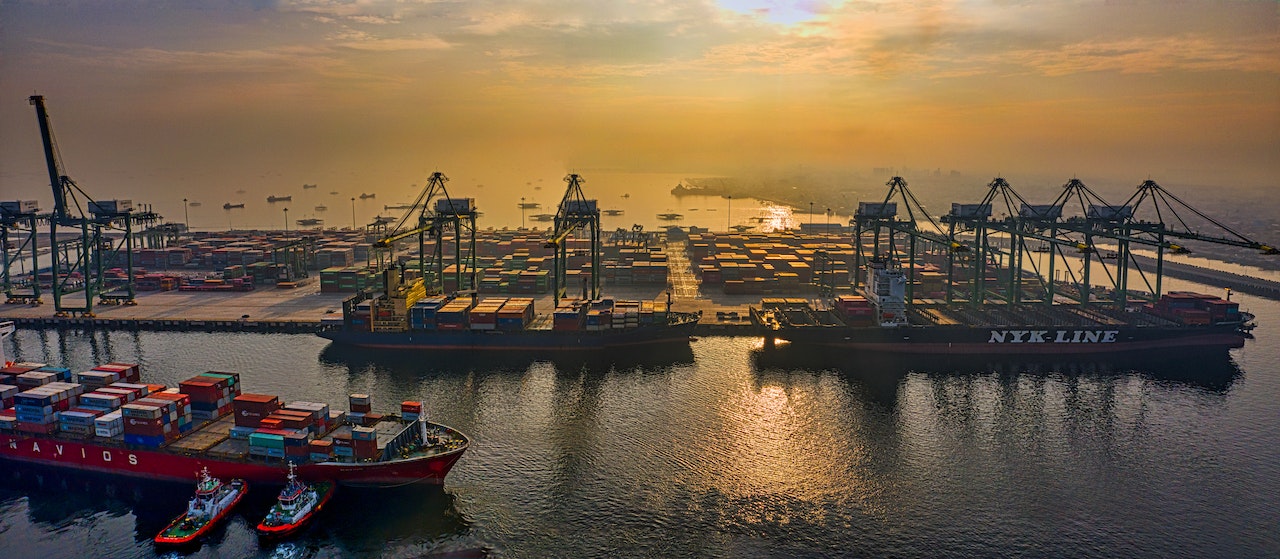Understanding freight company service marketing:
Asset Based Logistics, 3PL’s/4PL’s/5PL’s, Freight Forwarders, IMCS, and more. Who are these companies and what do they actually do?
Are you working with a 3PL? What even is a 4PL? Is there such a thing as a 5PL? For that matter, what is a freight forwarder? Isn’t that the same as a freight brokerage? Why do some companies have asset AND brokerage operations?
These are frustrating questions if you aren’t in the freight industry. For some shippers, answers to these questions will come easily. But for others, there’s still lingering confusion. So today, we’re discussing what these companies mean when they claim things like they are "a 4PL brokerage that also manages assets" or "a freight forwarder with inland logistics connections."
On the most basic level, we have asset carriers, freight brokers, and ABL’s:
- Asset Carrier: The transportation service that provides actual trucks to shippers and brokers. Asset carriers run their trucks by ‘lanes’ which consist of routes and geographic locations that they and their drivers prefer.
- Freight Brokerage: They provide services for shippers across many different lanes. Brokers build a network of many asset carriers that can run different lanes on behalf of their clients. The broker will manage all communication, tracking, and billing for the shipper.
- Asset Based Logistics or ‘ABL’ company: A combination of both an asset carrier and a freight broker. They both broker freight and maintain their own fleet.
Next, we have our more advanced brokers and our modal-specific companies:
- 3PL: A freight brokerage that provides a wider variety of services than a standard broker, typically including warehousing and transportation for both inbound and outbound shipments. They will have a robust TMS (transportation management system) that provides KPI reporting, a WMS (warehouse management software), EDI for improved efficiencies, tracking software (like project 44), load planning, auditing, and more. However, a 3PL may not be able to reach all modes or provide end-to-end supply chain management. For example, they may not be able to assist with ocean freight or drayage.
- Freight Forwarder: They typically manage port-to-port ocean freight from major exporters such as China and India. They may also manage port-to-door. However in many cases, they will work with a 3PL and customer for inland services.
- IMC or Intermodal Marketing Company: In the USA, they sell rail car services to direct customers, brokers, and freight forwarders. In Canada, CP/CN also have IMCs partners-- the difference in Canada is that CN/CP also sell direct to customers.
Lastly, we have a 4PL (which is still relatively new terminology):
- A 4PL can provide all the services above (but does not necessarily have assets of its own). This 4PL company will become the shipper’s transportation department from first-mile services (such as procurement and warehousing) all the way through to final-mile services (pickup and delivery). In addition, they are also likely to manage the BID/RFP process for the client, while leaving strategic decision-making up to the customer.
The most common misuse of 4PL is when a company describes itself this way without the ability to manage a key portion of a supply chain. For example, having no connection or ability to manage a rail shipment. If a shipper chooses a 4PL thinking they are choosing a one-stop-shop solution and they are not, it’s understandable that they are going to feel confused by what 4PL really means. There are even companies who are now self-describing as 5PL’s, claiming that their service offerings advance beyond the 4PL by utilizing digital technology such as AI, end-to-end visibility tracking, and higher-level strategic decision-making on behalf of the customer. It appears that shippers who are utilizing 5PL right now are doing so primarily from the E-commerce industry.
For now, shippers may want to be wary of a 5PL description. If shippers connect with a self-described 5PL or 4PL, it would be wise to ask them about the specific pieces of the supply chain components they can manage for you, their level of strategic integration, and the specific technology that warrants such a description. Ultimately, make sure they provide the solutions you are looking for and are capable of being a true extension of your team in exactly the way you need.
And of course, if you’re interested in hearing about our evolving 4PL services at Wellington Group of Companies, please reach out to me or my team. We are actively growing our air, ocean, intermodal, and technological support for our customers.
Thank you! See you next newsletter.
Bill Robinson

